Magnus von Horn tells Screen about finding contemporary relevance in Competition title The Girl With The Needle, inspired by the true story of unspeakable crimes in 19th-century Denmark.

Late in the three-plus-year writing and development process of The Girl With The Needle, writer/director Magnus von Horn realised he was creating a sort of warped fairytale. The story follows impoverished young factory worker Karoline (Vic Carmen Sonne) in Copenhagen at the end of the First World War. Her husband has been disfigured during the hostilities and she looks for love with her unreliable, wealthy boss, before she meets a charismatic older woman (Trine Dyrholm) who can seemingly offer her a better life.
As he looked deeper, von Horn saw the fairytale themes emerging in this story: “A poor woman living in an attic, a prince on a white horse who turns out to be a coward, a monster without a face but with a heart of gold, and a witch in a candy store.”
The film was inspired by the true story of Dagmar Overbye, a woman still infamous in Denmark for her horrific crimes (which Screen International won’t spoil here) in the 1910s. The script von Horn cowrote with Denmark’s Line Langebek is definitely not a biopic of Dagmar, and feels relevant to 2024 with themes of how society treats its unwanted. “I started realising this fairytale element quite late in the [writing] process,” says von Horn, who was born in Sweden and now lives in Poland. “It was a lot of interesting coincidences — like in the olden times we can exaggerate things and get away with it, and like the fact Dagmar has a sweet store. All of these things become symbolic.”
Producer Malene Blenkov originated the project at Nordisk, and brought in von Horn’s longtime collaborator, Polish producer Mariusz Wlodarski of Lava Films. The picture’s backers include the Danish Film Institute, Polish Film Institute, Swedish Film Institute, Eurimages, Nordisk Film & TV Fond, Creative Europe MEDIA, DR and SVT, while The Match Factory handles sales.
The Girl With The Needle marks von Horn’s debut in Cannes’ Competition. His first feature The Here After, which was set in Sweden, premiered in Directors’ Fortnight in 2015, and Poland-set Sweat was selected for the Cannes Label 2020.
It is also his most complicated production — the film shot partly in western Sweden but mainly in Poland, in a studio and locations including Lodz and Wroclaw. The crew was a mix of Polish, Danish and Swedish for the most part, and von Horn pays tribute to what they were able to accomplish in only 30 shooting days.
“We had very high ambitions to what this film should look like but we didn’t have a budget of hundreds of millions,” he says. “But we knew it had to be visually spectacular.”
Inspiring filmmakers
The filmmaker and his DoP Michal Dymek took inspiration from David Lean’s Oliver Twist, David Lynch’s The Elephant Man and Steven Spielberg’s Schindler’s List. They also studied photography from the industrial era in UK cities such as Glasgow and Manchester, as well as black-and-white pictures from Magnum’s archive and by Robert Frank.
For the sound design, von Horn worked with Oskar Skriver to have more of an “internal or subjective version from Karoline — so that we watch the film, in a way, from her perspective. This is very different to Sweat, which wanted to sound more documentary-like.”
The Girl With The Needle uses more music than his past films, and working with Danish avant-garde musician and composer Frederikke Hoffmeier has yielded a score that sounds aggressive and quite contemporary in some scenes. “She makes so many interesting sounds that almost don’t feel like music,” von Horn says. “Her music is very daring.”
Von Horn was born in Gothenburg and made the bold move, at the time not speaking any Polish, to attend the famed Polish National Film School in Lodz, where he now teaches. Asked if he thinks his work is more inspired by Nordic or Eastern European cinema traditions, he says: “Instead of thinking about the cinema that comes out of those countries, I think more what it means to live in Sweden and to live in Poland. I feel those two things because they are so different in temperature and energy, in politics and in history, in all ways.”


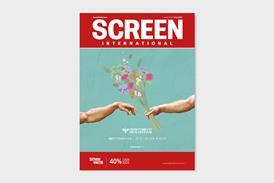
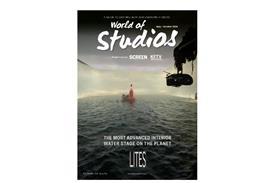

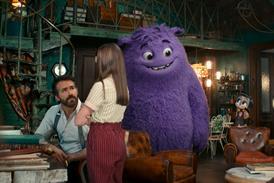



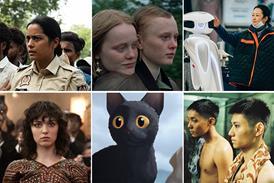
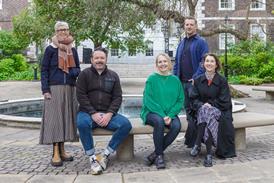




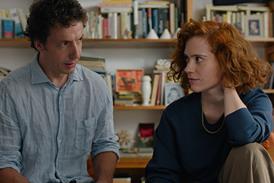
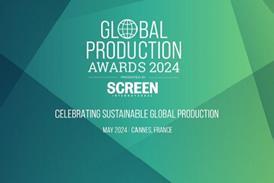







No comments yet